Enter a surname, town name or other keyword to search the database. Remember to
allow for the different spellings of 'Mc' and 'Mac.' Good luck!
{Search tips: Use single word search terms for more results}
You must enter some valid character(s) into the search field
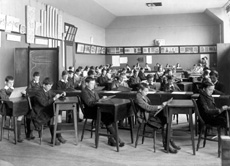
Reference: IRAA
Inverness Royal Academy Large ...
|
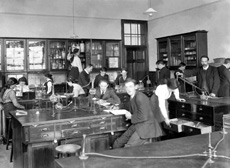
Reference: IRAA
Inverness Royal Academy Scienc...
|
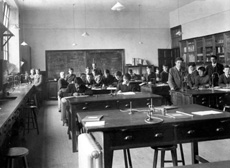
Reference: IRAA
Inverness Royal Academy Scienc...
|
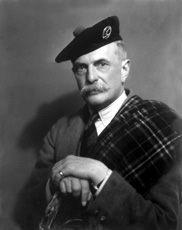
Reference: H-0247
Sir Donald Walter Cameron of L...
|
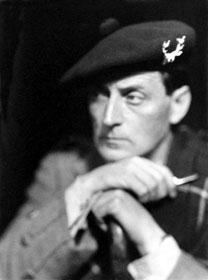
Reference: H-0238b
Sir Compton Mackenzie, (1883-1...
|

Reference: 610b
Gascoigne. The Warrant Officer...
|
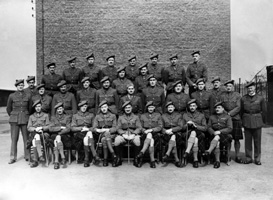
Reference: 610a
Gascoigne. The Officers of 4th...
|
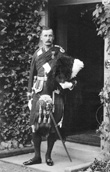
Reference: hw017
Lt. Col. Alexander Fraser, 4th...
|
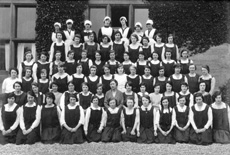
Reference: IRAA
The Inverness Royal Academy Wa...
|
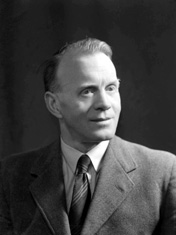
Reference: 41486a
Chief Constable William Fraser...
|
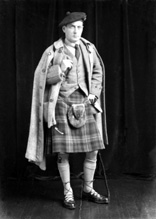
Reference: H-0238
Sir Compton Mackenzie, (1883-1...
|
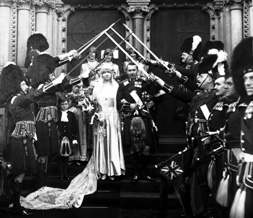
Reference: 48131
Rose - Miller wedding outside ...
|